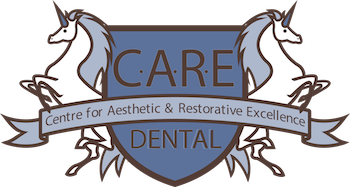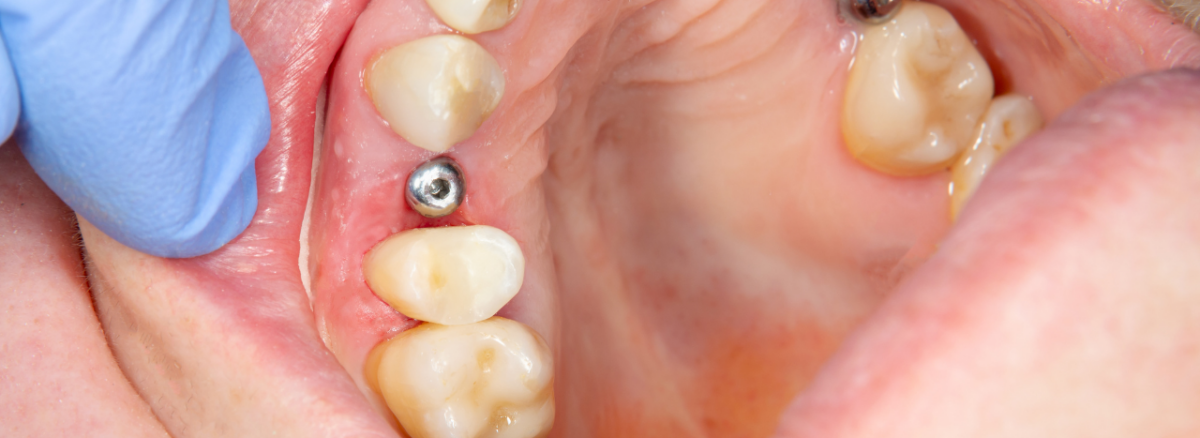
Restorative Dentistry & Oral Implants – A Guide
Restorative Dentistry & Oral Implants – A Guide
There are many goals in the dental clinic and although prevention is better than cure, some times the damage is already done and the only option is restoration. The Dental Implants in Leicester is the most comprehensive form of reconstruction, allowing a dentist to replace a lost tooth with a facsimile so convincing, it can be challenging for the person to remember which of their teeth are implants and which are natural.
The modern dental implant is a titanium peg that is fitted in the jaw bone, where it behaves like an artificial root with a crown-like porcelain tooth mounted on the top.
How implants work
The implant used in most cases are applied in two sessions; the titanium root is inserted into the jaw bone where it ossifies, as new bone grows around it fixing it into the bone. This is done only with the lower half of the implant and when it is fully ‘set’ in the jaw bone, the implant is loaded with its prosthetic tooth.
The older style of implants were single units that had to be implanted in one session. This has substantial disadvantages; it can take anywhere between 4 months to over a year for a titanium implant to become stable in the jaw bone. During that time any movement would increase the recovery time and the implant may twist or set at a crooked angle.
Who should fit an implant?
Performing dental implants is outside normal dental training but there are additional courses for dentists to develop the skills needed to perform implants. Most clinics will have at least one dentists who can carry out implants.
It’s also important to consider your situation when you are seeking oral implants ether to replace a lost tooth or immobilise a set of dentures. Your general health and any pre-existing conditions can have a big impact on the success rate and could make implants an unsuitable course of treatment for you.
It is also wise to take your time finding an experienced dentist, as the skill of the clinician is a significant factor in the success rate of the implant. Any trained dentist will have a portfolio of past implants and you should not feel bashful about asking them about the success rate; this is a large investment of your time and money and it is not an unreasonable question.
With the primary focus of restorative dentistry being about replacing what has been lost, colour matching is very important. Most patients in the majority of clinics will need a colour gage to be used to record the shade and translucency of their natural teeth. These readings will be sent to a dental laboratory that will fabricate the porcelain prosthetic tooth to match the rest of your smile seamlessly.
The stain-resistant element of these dental prosthetics is likely to last 10 years but if they do become damaged, the prosthetic can be replaced without having to extract the titanium component.
Long term care for implants is identical to that of natural teeth; twice-daily brushing and a check-up every 6 months, making them as close to a full tooth restoration as possible.


